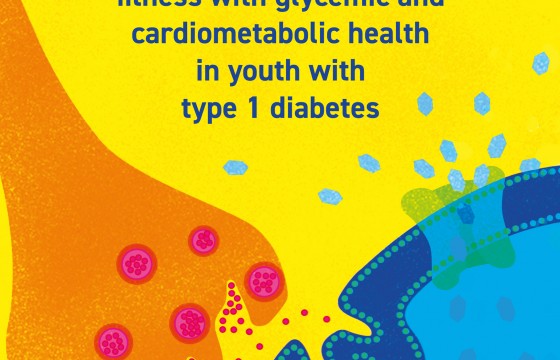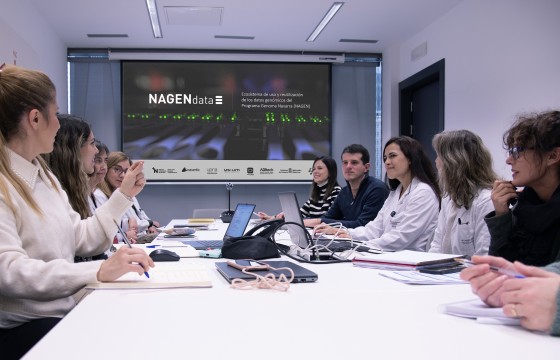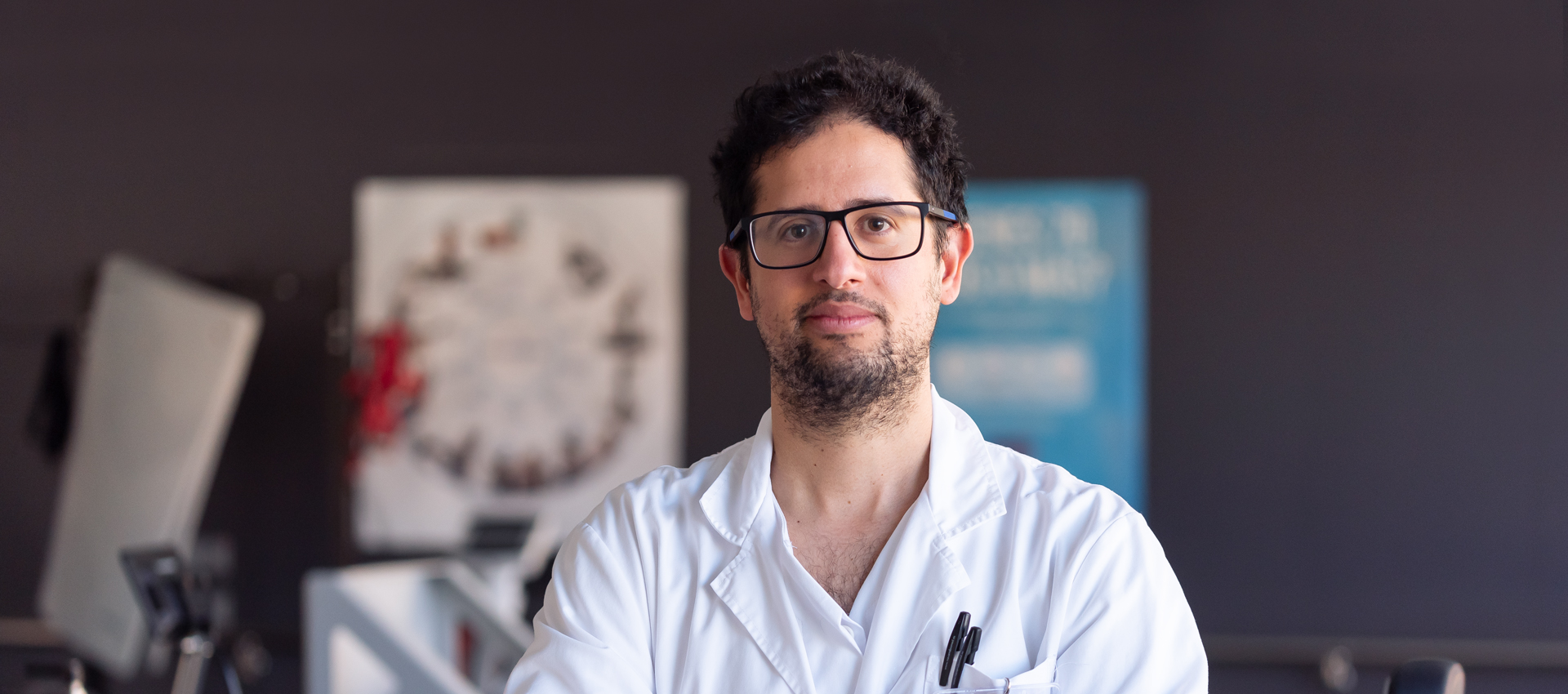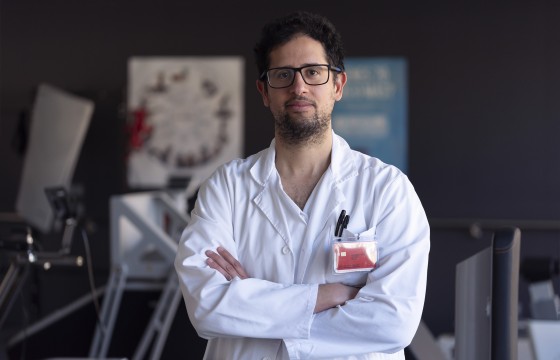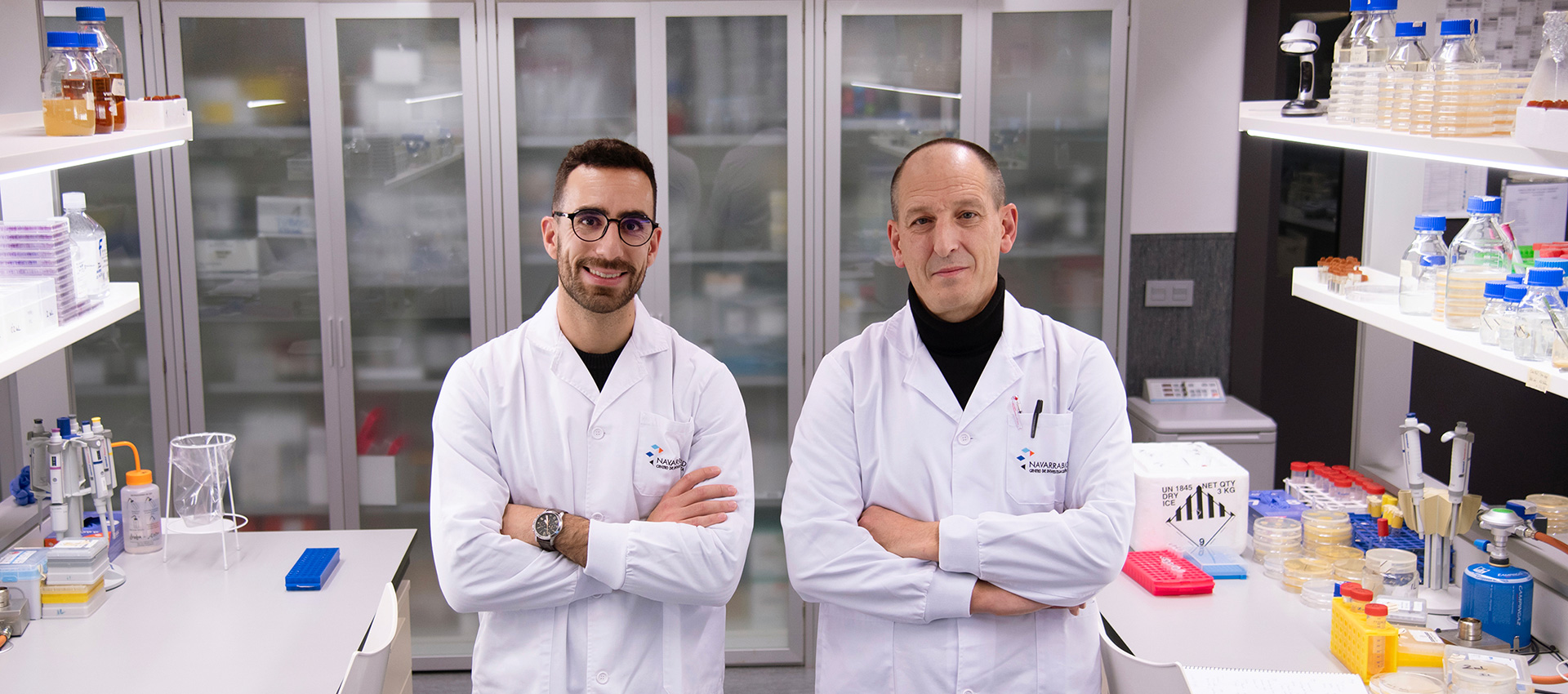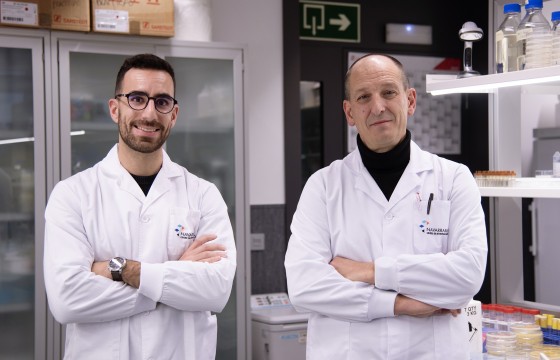Atención Primaria incorpora ya 200 participantes de Navarra en el estudio nacional Cohorte IMPaCT que busca analizar la salud de la población

- Con el eslogan “¡Si te llaman, ven!”, Salud recalca la importancia de que la ciudadanía seleccionada participe en el estudio
El estudio nacional Cohorte IMPaCT celebra su primer año de andadura en Navarra alcanzando los 200 participantes seleccionados de forma aleatorizada para participar en este proyecto de investigación epidemiológica del Programa de Medicina Predictiva de la Infraestructura IMPaCT (Infraestructura de Medicina de Precisión asociada a la Ciencia y la Tecnología), para comprender y mejorar la salud de la población española. A nivel nacional el estudio ya cuenta con un total de 10.000 personas implicadas. El Departamento de Salud anima a toda la ciudadanía contactada a sumarse a este estudio difundiendo el eslogan “¡Si te llaman, ven! / Deitzen badizute, etorri!”, que permitirá ofrecer un diagnóstico de la salud de la población española durante 20 años.
La iniciativa, que cuenta con una financiación global de 35 millones de euros, está impulsada por el Instituto de Salud Carlos III, y está coordinada por el Centro de Investigación Biomédica en Red (CIBER). En ella participan 21 instituciones y los servicios de Atención Primaria de todas las comunidades autónomas. Este proyecto permitirá conocer el origen de las principales enfermedades con el fin de ayudar a prevenirlas y tratarlas, y avanzar hacia una medicina personalizada y de precisión.
En Navarra, Cohorte IMPaCT se gestiona desde el centro de investigación biomédica Navarrabiomed – Fundación Miguel Servet y Atención Primaria del Servicio Navarro de Salud – Osasunbidea es quien coordina y ejecuta el estudio con el centro de salud de Lezkairu como nodo del proyecto. Los doctores Patricia Palacio y Óscar Lecea, investigadora principal y colaborador del estudio, respectivamente, lideran el equipo de trabajo formado por tres técnicos. Además, el proyecto cuenta con la colaboración de una enfermera del CS de Lezkairu y varios médicos del Centro de Salud de Mutilva / Mutiloa, así como con el apoyo de la Gerencia de Atención Primaria.
Estudio pionero
El Departamento de Salud insiste en la importancia de participar en el estudio, ya que los datos que se obtendrán en Cohorte IMPaCT permitirán a la comunidad científica conocer mejor cómo prevenir las principales enfermedades y el deterioro asociado a la edad, las lesiones y la discapacidad. Disponer en España de un registro dinámico de datos individuales y poblacionales, clínicos, genéticos, epidemiológicos y de hábitos de vida, facilitará desarrollar modelos predictivos de enfermedad, identificar las desigualdades en salud, monitorizar indicadores clave y evaluar el impacto de políticas sanitarias.
Las personas seleccionadas por el SNS-O recibirán un mensaje de texto indicándoles que les contactarán desde el centro de salud de Lezkairu invitándoles a participar en el estudio y un enlace a la web informativa donde podrán encontrar todos los detalles. El mensaje tendrá como destinatario “Salud Comunicaciones” y tendrá el siguiente texto, tanto en su versión en castellano como en euskera:
[Nombre +iniciales apellidos]: Estamos realizando un estudio sobre salud de la población navarra Cohorte IMPaCT. Te llamaremos del Centro de Salud de Lezkairu para invitarte a participar. + información: portalsalud.navarra.es/es/cohorte
[Izena + hasierako abizenak]: Nafarroako biztanleriaren osasunari buruzko azterlan bat egiten ari gara IMPaCT Kohortea. Lezkairuko Osasun Zentroak parte hartzera gonbidatzeko deituko dizu. Informazio +: portalsalud.navarra.es/eu/kohortea
Implicación de 4.000 personas
Hasta el año 2029 se prevé la incorporación de otras 3.800 personas residentes en Navarra, de entre 16 y 79 años, de las cuatro zonas básicas de salud seleccionadas: Lezkairu, Segundo Ensanche, Milagrosa y Valle de Aranguren. Para garantizar una fiel representación de la población española, los y las participantes son elegidos al azar, bajo los mismos criterios en todas las comunidades autónomas.
Al comienzo de su participación y una vez cada cinco años, se les realizará en el centro de salud de Lezkairu un completo examen físico, responderán a un detallado cuestionario de salud y se les realizará una toma de muestras biológicas. Además, se realizarán contactos de seguimiento más frecuentes por teléfono o mediante aplicaciones móviles. Toda esta información se completará con la que hay disponible en las bases de datos clínicas o estadísticas del SNS-O.

















